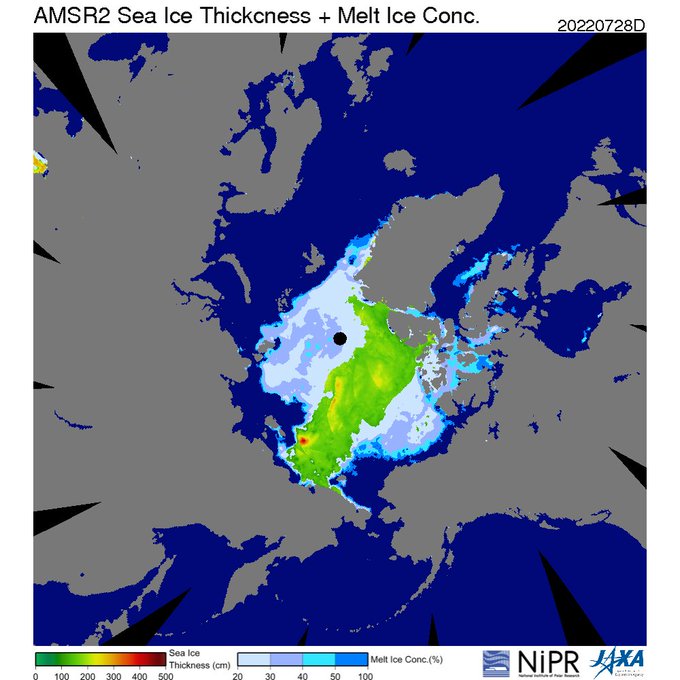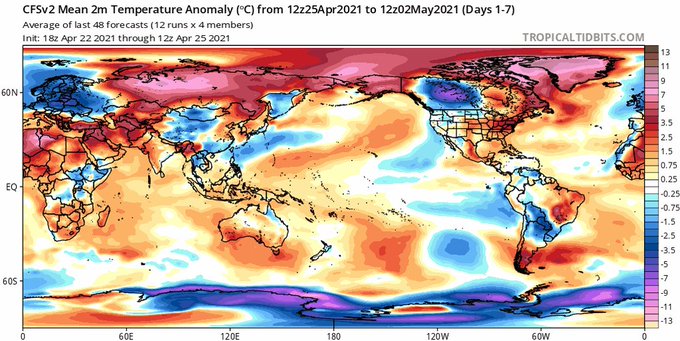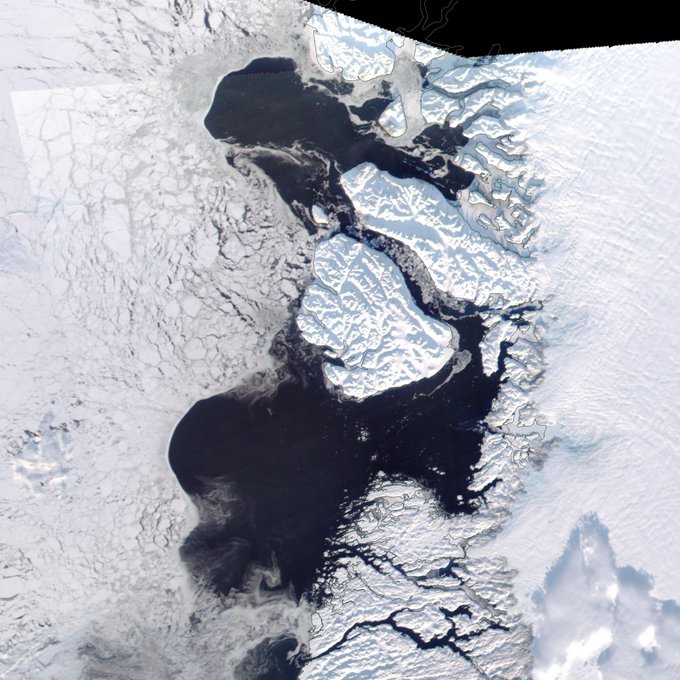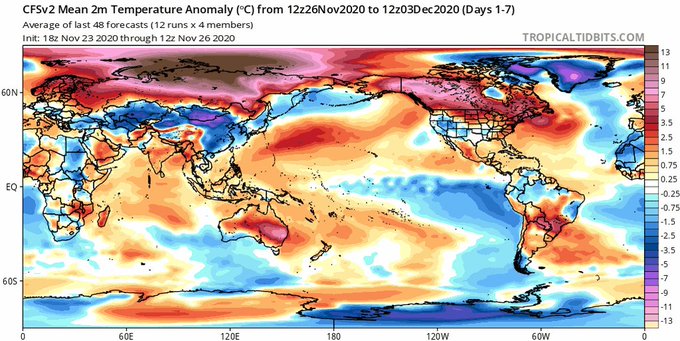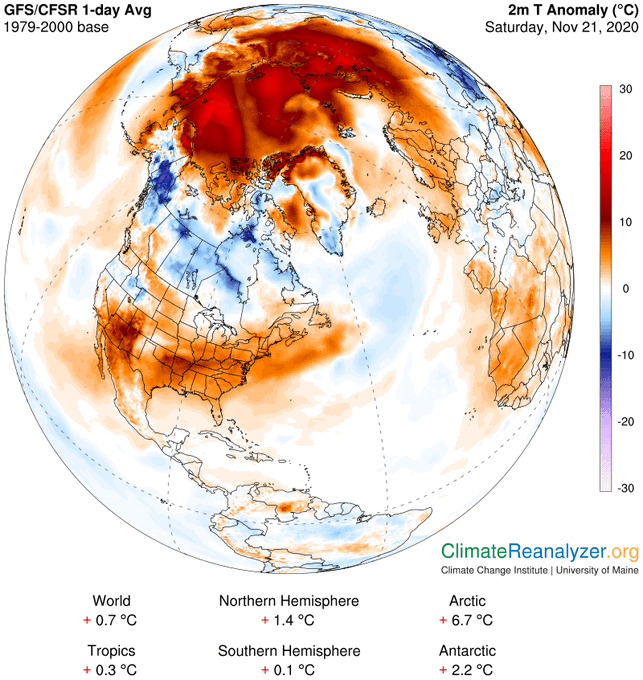If all models are correct, if all observed & projected air temperatures are matching & if all observed & projected sea surface temperatures are matching, we'll probably have our first Blue Ocean Event (less than 1 million square kilometer of sea ice) before the 25th of August.
The effects of a Blue Ocean Event will be much worse than most climate institutions predict.
#BlueOceanEvent2022
Thermal expansion alone will cause several meters of sea level rise per decade (ice-sheet-retreat excluded).
#SLR
https://t.co/qwnvurFt2P
https://t.co/cs5UTGS2Yt
@UN
Methane concentrations above the Laptev Sea are disturbing.
https://t.co/FIEXevCHHg
The East Siberian Arctic Shelf must be put into the highest state of emergency.
Water layers are up to 2°C warmer than during a normal March.
Air T is way too high (+14°C)
https://t.co/YQYsbhfRUl
Now it's getting very interesting.
Sea ice extent, sea ice area, sea ice volume & the average sea ice thickness are about to reach their lowest point since 1979 before the 15th of February!!
A normal melt season in the southern hemisphere ends somewhere around the 10th of March!!
Jakobshavn Glacier will definitely bear the brunt of climate change this year
& it won't be a pretty sight.
Disko Bay:
sea ice free 365 days/year
Air temperatures:
10°C warmer than average
Sea surface temperatures:
3°C warmer than average
Predicted summer anomalies:
+6 to 8°C
It's time to get worried about South Greenland. Especially about the southeastern part & its glaciers.
These glaciers are draining an area of more than 1 million Gigatons of ice resting on land above sea level. Sea-level equivalent: 3 m
Glaciers like Eqalorutsit are disappearing.
Little update:
- The Kara-Laptev area & the Chukchi-Bering area stay relatively warm.
- Antarctica is facing its first anomalous spring-warmth.
- La Niña keeps getting weaker.
- Arctic sea ice in November: thinnest since 1979.
- Antarctic sea ice in November: thinnest since 1979.
To clear up all misunderstandings...
The Arctic is warming 2-3 times faster than global average if you look at 60N-90N (Arctic Ocean with neighbouring seas)
The Arctic is warming 6-8 times faster than global average if you look at 75N-90N (Arctic Ocean without neighbouring seas)
Bering Sea is not cooling down in November
Kara Sea is not cooling down in November
Svalbard is getting warmer in November
Laptev Sea is not cooling down in November
@UN
We need to respond to this Arctic Amplification as fast as possible.
Entire northern hemisphere is affected!!





